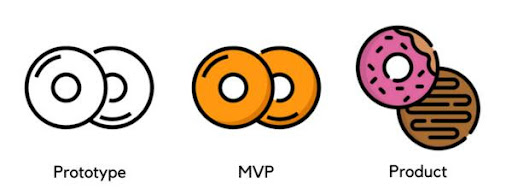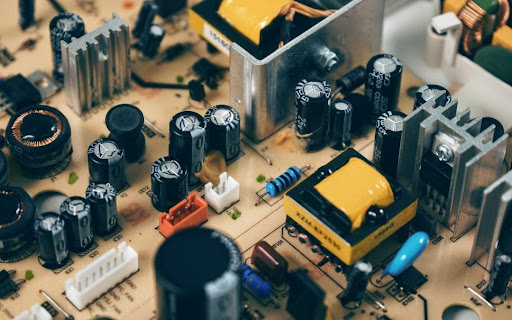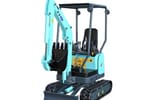- One can minimize costs and time for design and create the product with minimum features.
- Using the principle of MVP will get more information about customers’ preferences.
- MVP is a product created with the minimum amount of effort.
It is obvious that the design and manufacturing of a product, either software or hardware, requires effort and costs. In the case when a product is new or you are not sure about the customers’ perceptions about it, you can minimize costs and time for design and create the product with minimum features. Naturally, creating a product you can only assume what your customers want and are willing to pay for. For this reason, you can use the principle of MVP and get more information about customers’ preferences. By doing so, you will collect feedback from your early customers. This allows you to develop your future product relying on the customers’ attitudes. So, MVP is a product created with the minimum amount of effort.

How to use MVP in hardware?
Basically, the use of this concept does not differ in hardware design. First, you should determine an optimal set of features for your product. Keep in mind that each feature will increase the complexity of your product and, consequently, costs and efforts for its design. In order to avoid adding too many features, be selective. For a starting point, you can list every potential feature for your product, rank them by complexity and cost and prioritize considering the assumed customers’ needs.
Next, determine the cost and time for the development of each feature and, finally, the cost of your product. Find a balance between the manufacturing cost and the price for your product. It is recommended to focus on those features you believe will add the highest profit margins to your product.

After you rank the features, exclude those with high complexity and cost from the top of your list. Complex and costly features cannot be designed in terms of MVP. Instead, identify cost-efficient features with high customer priority. MVP should include easy and inexpensive features.
Next, get the minimum viable product on the market as soon as possible. The basic idea of MVP lies not only in minimum costs but also in the minimum time spent on the initial product design. So, save your time and proceed to learn customers’ needs. You can collect feedback from customers through sales and various sales data. This data will be used for the future version of your product that will meet customer demands. At the same time, using the feedback you can decide to develop a different product. Keep in mind that some unnecessary features of your MVP will be excluded from new versions of your product.
So, MVP allows spending less time and costs on product design, gathering feedback from real customers and adjusting your product to the feedback. Read more articles on electronic design.
WHAT TO TAKE AWAY FROM THIS ARTICLE:
- In the case when a product is new or you are not sure about the customers' perceptions about it, you can minimize costs and time for design and create the product with minimum features.
- The basic idea of MVP lies not only in minimum costs but also in the minimum time spent on the initial product design.
- Next, determine the cost and time for the development of each feature and, finally, the cost of your product.























